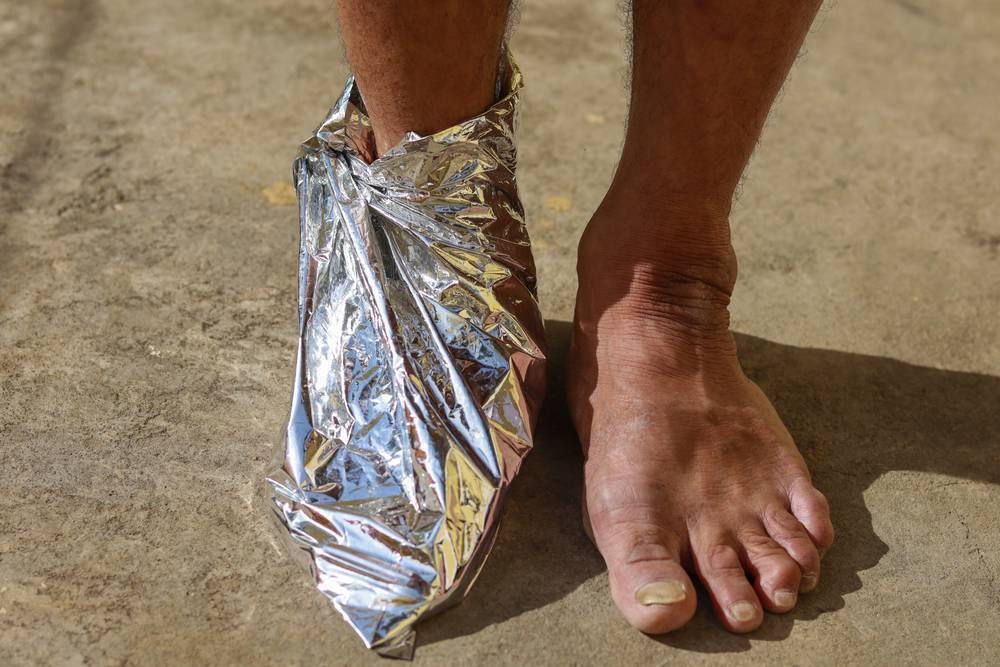Phantom limb pain, a mysterious and often debilitating condition, affects many amputees. Despite the loss of a limb, these individuals continue to feel pain, itching, or other sensations in the absent body part.
In this article, we’ll delve into the causes of phantom limb pain, current theories behind the phenomenon, and the available treatment options for those affected.
The Origin of Phantom Limb Pain
The exact cause of phantom limb pain remains unclear. However, researchers believe that it arises from a combination of factors, including the nervous system, brain, and psychological components. When a limb is amputated, the nerves that once transmitted signals to and from the brain are severed. These nerves continue to send signals to the brain, which then misinterprets the information, perceiving pain or other sensations in the missing limb.
The Role of the Brain: Cortical Reorganization
The brain plays a significant role in the development of phantom limb pain. One leading theory involves the concept of cortical reorganization. The brain’s sensory and motor cortices contain a map of the body, with each body part corresponding to a specific area. When a limb is amputated, the brain’s map is disrupted, leading to a reorganization of the adjacent areas.
This reorganization can cause the brain to misinterpret signals from the remaining nerves, leading to the perception of pain or sensations in the absent limb. Studies using functional magnetic resonance imaging (fMRI) have provided evidence for this theory, showing changes in the brain’s organization following amputation.
Psychological Factors: The Mind’s Influence
Psychological factors also play a role in the experience of phantom limb pain. Some researchers believe that the emotional trauma of losing a limb can contribute to the development of pain. Additionally, the brain may continue to hold a mental representation of the limb. This would cause the amputee to feel sensations in the missing body part.
Treatment Options: Alleviating the Pain
Although phantom limb pain remains a complex and challenging condition to treat, various methods have shown promise in providing relief for those affected:
- Medications: A range of medications, including pain relievers, antidepressants, and anticonvulsants, can help manage phantom limb pain. However, these treatments often provide only temporary relief and may have side effects.
- Nerve blocks: Injecting local anaesthetics near the site of the amputation can temporarily block nerve signals, providing pain relief.
- Mirror therapy: This technique involves using a mirror to create a visual illusion of the missing limb. The amputee performs movements with the intact limb while observing its reflection, which appears as the missing limb. This therapy aims to help the brain “re-map” the body and alleviate pain.
- Transcutaneous electrical nerve stimulation (TENS): This non-invasive method uses electrical currents to stimulate nerves and reduce pain.
- Psychological therapies: Cognitive-behavioural therapy (CBT) and other counselling techniques can help patients manage the emotional aspects of phantom limb pain and develop coping strategies.
Conclusion: A Complex Puzzle with Hope for Relief
Phantom limb pain is a complex and enigmatic condition that continues to challenge medical professionals. While the precise cause remains unknown, current theories suggest a combination of the nervous system, brain, and psychological factors. Although treatment options are varied and can provide relief for some, further research is needed to develop more effective and lasting solutions for this unseen but very real pain.

